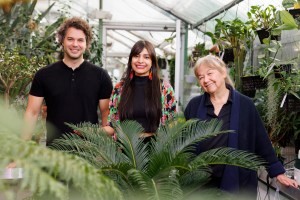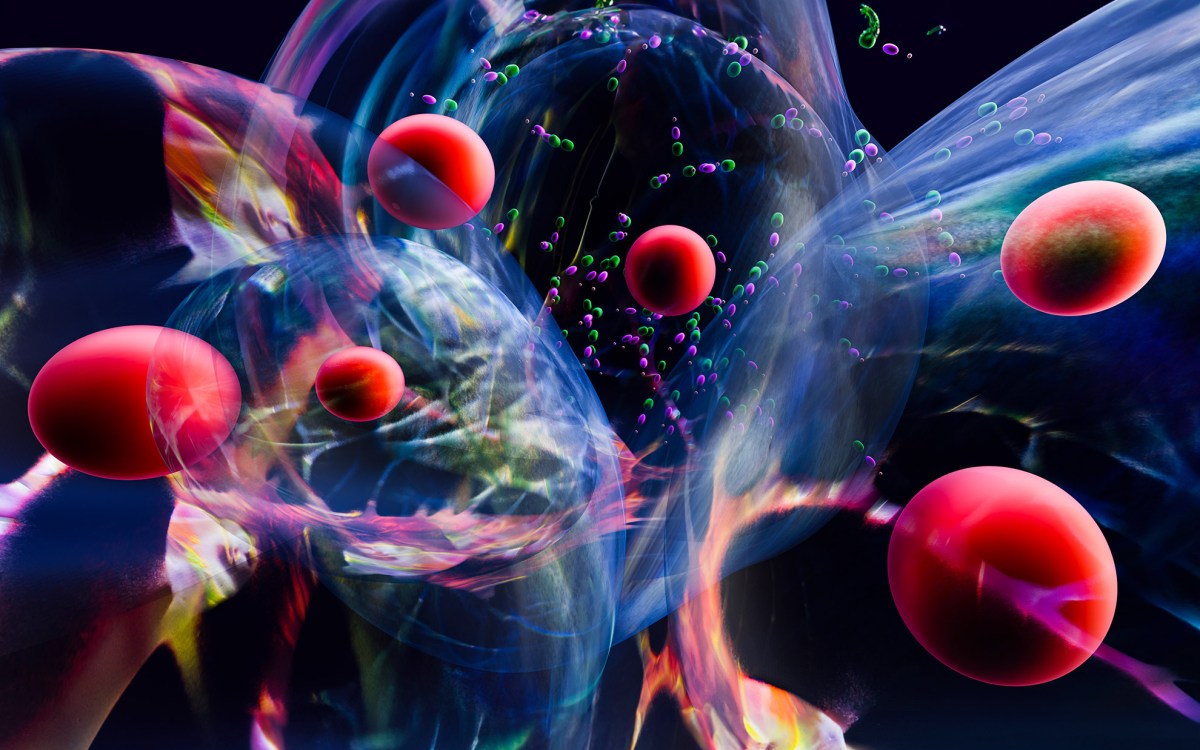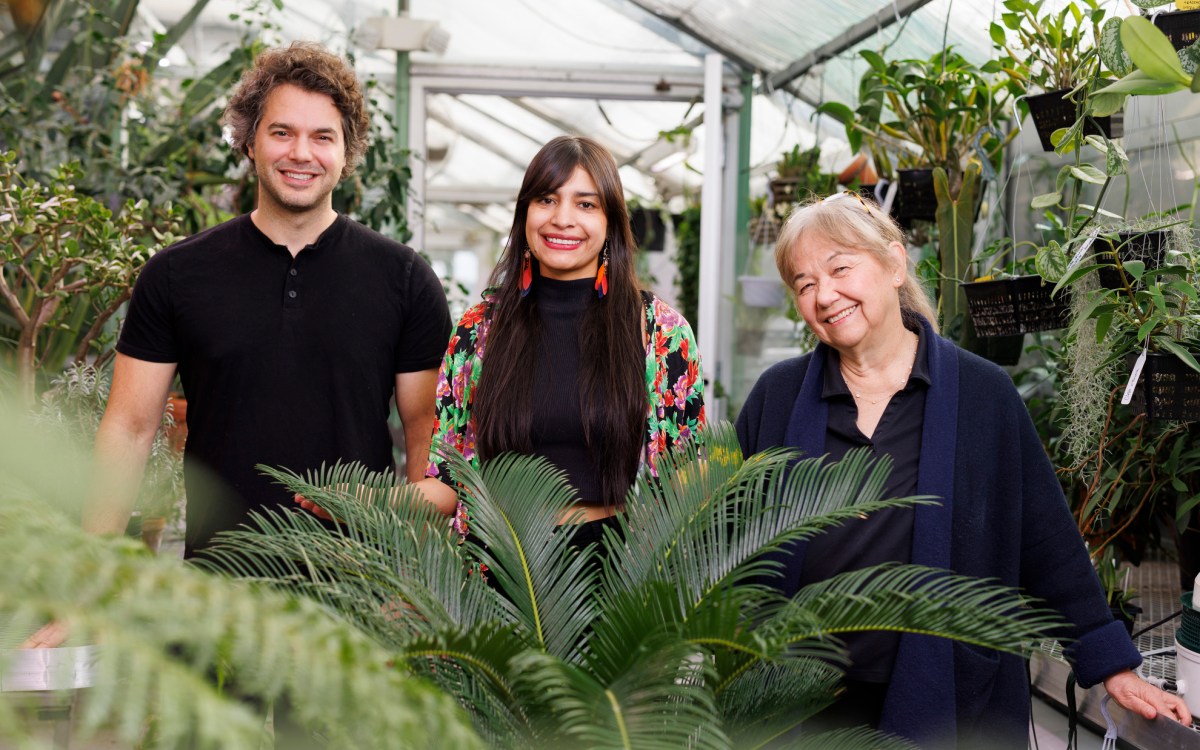Nano meets pharma at Harvard-BASF symposium
From targeted cancer chemotherapy to the guarantee of successful organ transplants, the 21st century may prove to be the age of big ideas in medicine.
The drugs themselves, though, will be miniscule.
Experts in chemistry, applied physics, materials science, and pharmaceutical science are gathering this week for the BASF Advanced Research Initiative at Harvard University’s symposium on pharmaceutical nanoformulations.
The two-day symposium, co-hosted by the Harvard School of Engineering and Applied Sciences (SEAS) and leading chemical company BASF, and held at the American Academy of Arts and Sciences in Cambridge, provides an opportunity for more than 200 leading researchers to discuss the challenges of modern medicine and the search for innovative solutions in nanotechnology.
Small particles with big potential
A great deal of research in engineering and the applied sciences today involves the manipulation of materials at the nanometer scale to achieve particular physical and chemical properties.
In the realm of pharmacy science, for instance, many recently developed drug compounds are strongly hydrophobic, meaning that their molecules do not dissolve easily in water—or, therefore, in the bloodstream.
“That problem can be overcome if the drug particles are tiny enough, on the order of a few billionths of a meter,” says David Weitz, Mallinckrodt Professor of Physics and Applied Physics at SEAS and co-director of the BASF Advanced Research Initiative.
The grand challenge in the field of nanoformulations involves both the creation of precisely tailored, nanoscale particles of drugs and the safe and efficient delivery of those tiny particles to their exact targets within the human body.
BASF supports researchers at SEAS and across Harvard who are exploring a variety of approaches to this problem.
“I have a vision that is inspired in part by the fact that most people say it’s impossible,” says Weitz. “I think we can make meaningful quantities of valuable materials using microfluidics as a fabrication strategy. There are people at BASF who believe in that, and they’ve been supporting work in my lab.”
At the symposium, he says, “I’ll try to convince people that yes, we can.”
Attendees will also hear from George Whitesides, Woodford L. and Ann A. Flowers University Professor at Harvard; and David Mooney, Robert P. Pinkas Family Professor of Bioengineering at SEAS. (Whitesides and Mooney are also core faculty members at the Wyss Institute for Biologically Inspired Engineering at Harvard.)
At SEAS, Mooney has been working to develop a therapeutic cancer vaccine that enhances the body’s immune response by using novel biomaterials and nanoparticles to deliver signals to the cells that initiate adaptive immunity.





